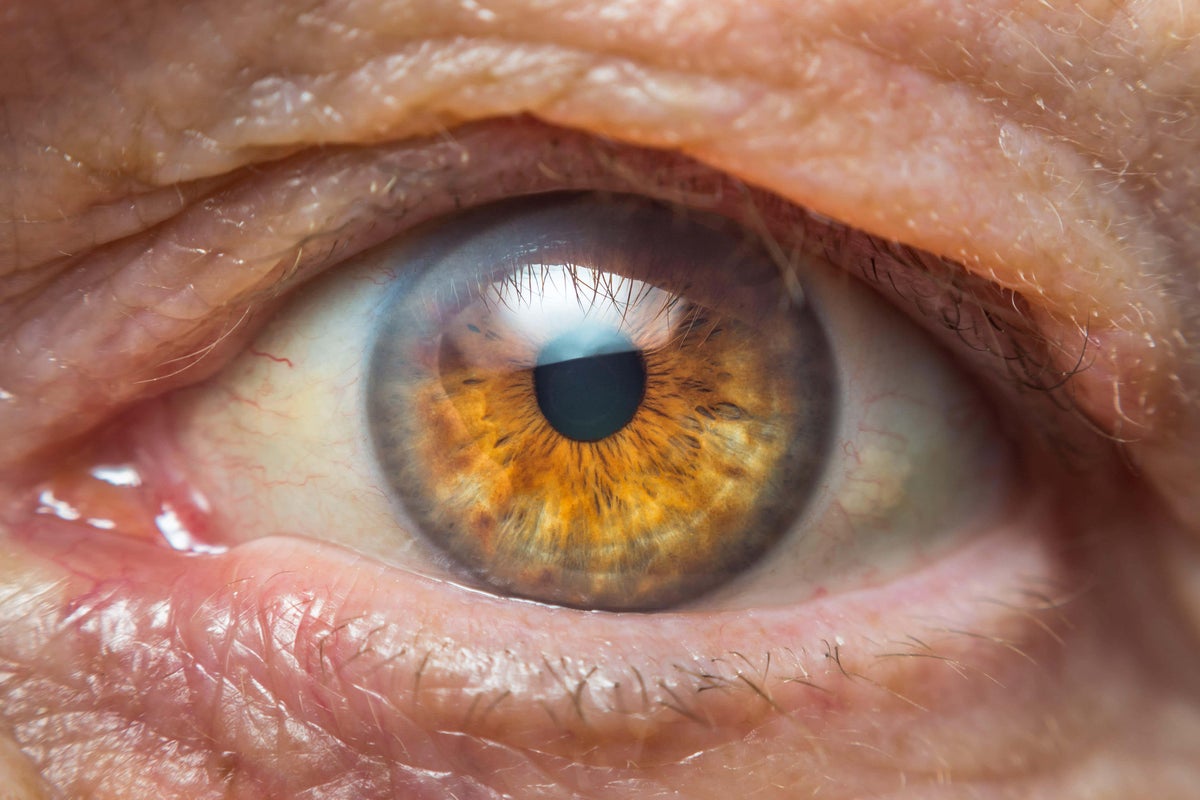
A Canadian man has regained his eyesight after 20 years, thanks to a rare and complex “tooth-in-eye” surgery.
Brent Chapman, 34, from North Vancouver was 13 years old when he went blind after taking an ibuprofen before a Christmas basketball game.
He developed a severe allergic reaction to the drug that caused burns on his body and on the surface of his eyes.
The reaction, known as Stevens-Johnson Syndrome, left him in a coma for 27 days. He lost vision in his left eye due to an infection and suffered partial blindness in the other.
The surgery that gave him back his vision was carried out between February and August and the first thing Mr Chapman saw was the Vancouver skyline, viewed from the 16th-floor office of his ophthalmologist.
Mr Chapman had undergone nearly 50 surgeries over years to save his right eye, including multiple corneal transplants, but none succeeded.
It was only after meeting Dr Greg Moloney, ophthalmologist at Mount Saint Joseph Hospital in Vancouver, that he was offered the complex and rare procedure first developed in the 1960s.
The osteo-odonto-keratoprosthesis, commonly known as tooth-in-eye surgery, has been performed only a few hundred times worldwide. It’s used in cases where severe corneal damage makes conventional corneal transplants or artificial corneas impossible.
The procedure involves removing a tooth, usually a canine, along with surrounding bone, and drilling a hole to insert a small optical lens. This “tooth-lens” is then implanted under the skin of the cheek or shoulder for several months to develop its own blood supply.
The damaged cornea is removed and the tooth-lens is placed into the eye, allowing light to enter and vision to return.
“I’m very happy and am just taking in the world again, appreciating the little things. It’s been kind of surreal and kind of a euphoric feeling to it,” Mr Chapman told CNN.
Dr Moloney said the tooth was a “really ideal structure for holding a focusing element in place”.
“It’s hard, it’s rigid, it survives in poor environments, and the body accepts it because it’s part of its own,” he explained.
The surgery is performed in two stages and can take up to 12 hours. It is only performed by a small number of specialists worldwide and success means regaining near normal vision.
“It’s like watching people come out of a time capsule and reintroduce themselves to the world,” Dr Moloney said. “It’s highly emotional for us.”
Mr Chapman’s tooth was extracted in February, and the implant was inserted into his eye in June. His final surgery, to adjust the lens and correct visual distortion, was carried out on 5 August.
He now has 20/30 vision which means he can see at a distance of 20 feet what a person with perfect vision can see at 30. “It is really indescribable, to be able to see the whole city and how there’s a whole world that is just intersecting,” he said after looking at the skyline.
“When you are blind or low-vision, you are not seeing that, and you are kind of in your head more. There’s a lot more mental chatter and it can be difficult. Dr Moloney and I made eye contact for the first time, and we both got quite emotional. I haven’t really made eye contact in 20 years.”
Mr Chapman now wants to travel to Japan, which tops his list of places to visit.
